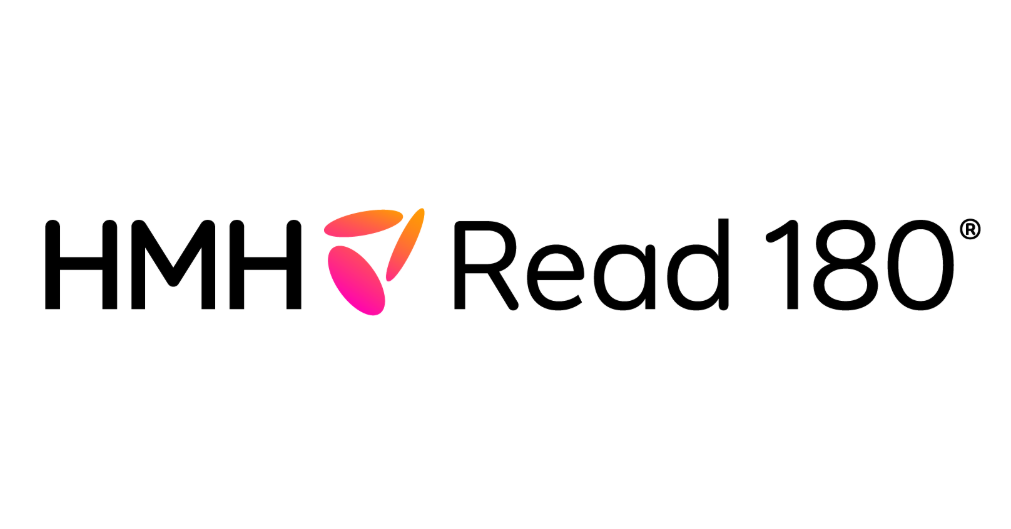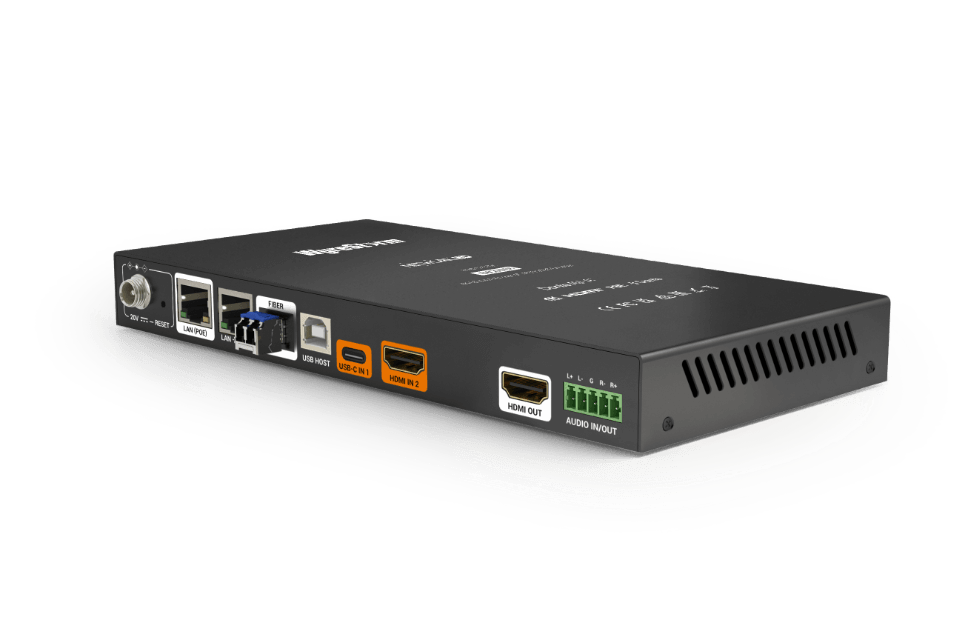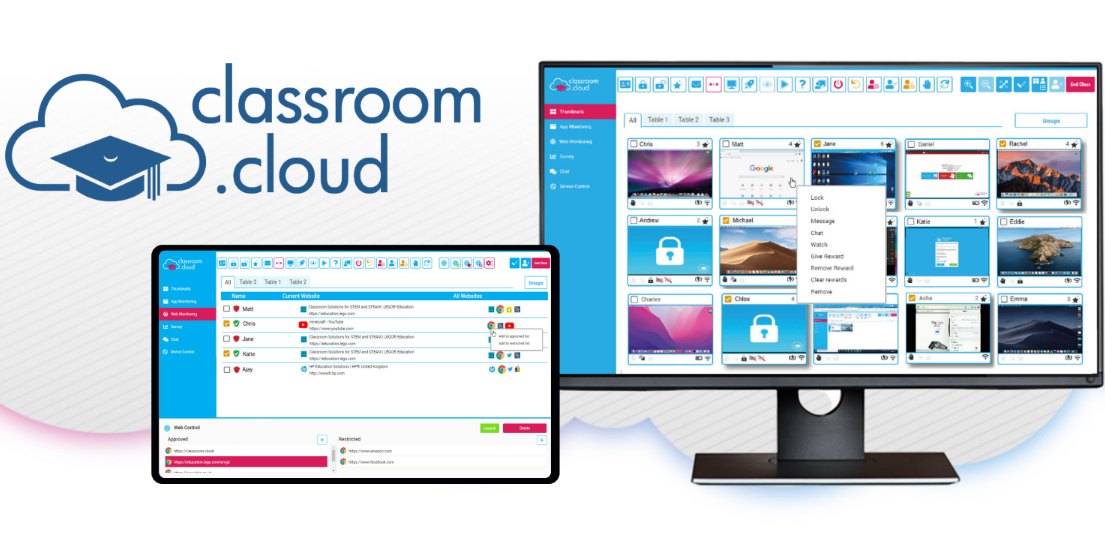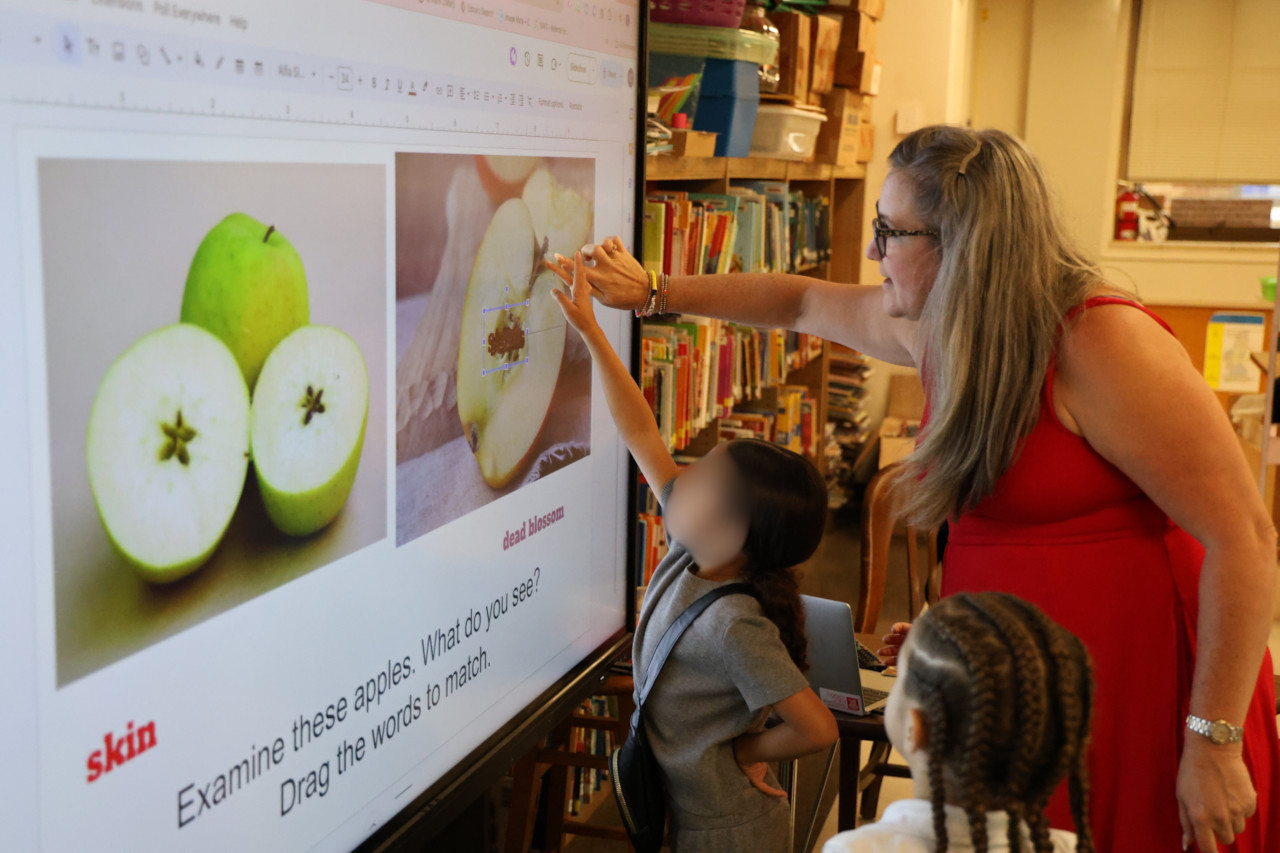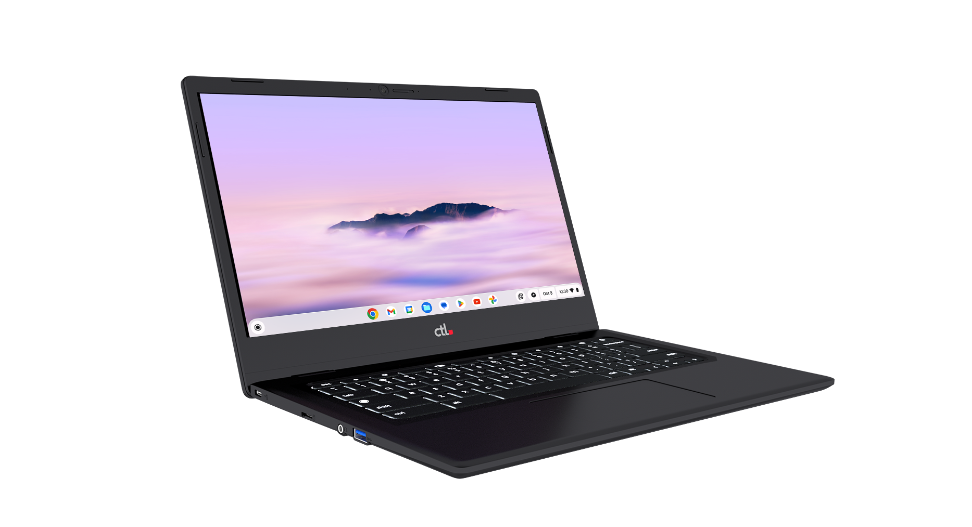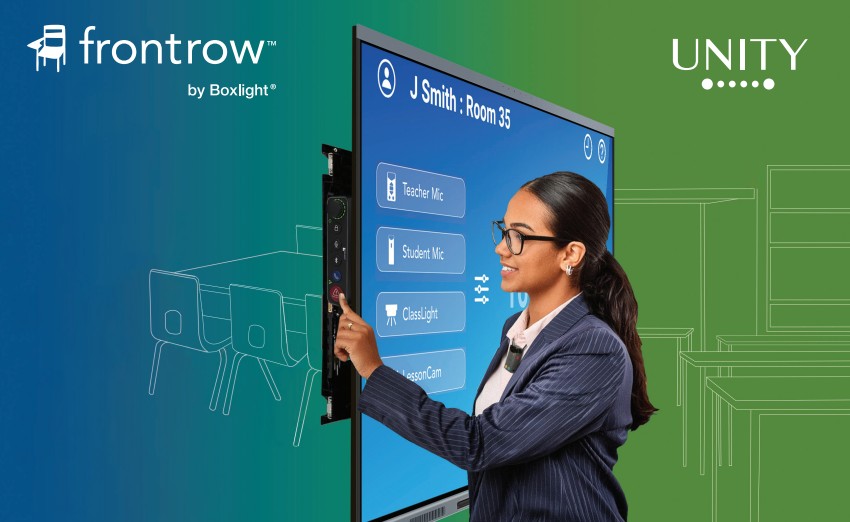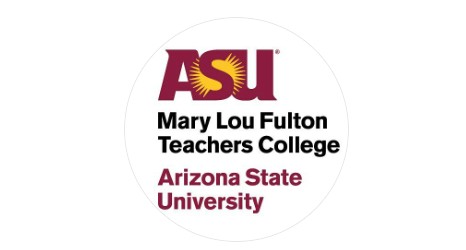DIGITAL CURRICULUM: TECH & CURRICULUM LEADERS IN PARTNERSHIP
The constant transference between teachers and learners makes this the most exciting time in my 27 years in education,” says Julie Morrow, assistant superintendent of curriculum and instruction in the Rowan-Salisbury (NC) School System. While digital resources offer unparalleled opportunities for instruction and learning, the transition to a digital ecosystem can also present challenges. It’s more important than ever that technology and curriculum leaders work together with shared end goals, and in the stories that follow, leaders who have worked through some of these cutting-edge issues share solutions that are helping them create successful digital school cultures.

IN IT FOR THE LONG HAUL
BEYOND THE ZIP CODE
The terrain of St. Vrain Valley (CO) School District (SVVSD) is diverse—geographically and demographically. From the Continental Divide to the plains, SVVSD operates 57 schools over 411 square miles in 13 different communities. CTO Joe McBreen credits strong district leadership and support for the success of SVVSD’s digital learning initiatives. “Your zip code should not determine your education” encapsulates the conviction behind an early digital equity plan that levelled the playing field for all students in every school across this mountainous region.
McBreen describes SVVSD’s long-term edtech plan as a Venn diagram with overlapping circles labelled “obtain,” “train,” and “sustain.”
OBTAIN
Superintendent Don Haddad and the Board of Education knew that they had to make changes in order to be a world-class 21st-century school system. But obtaining technology had to be done in the context of a larger, thoughtful framework. Haddad says hiring talented people, like McBreen, who have in-depth knowledge of both technology and instruction, was key, as was expanding their bandwidth and establishing a permanent funding stream.
While SVVSD benefited from winning a Race to the Top grant, sustainable funding was accomplished through a 2012 Mill Level Override supported by voters. Community support is critical, and a 33-member committee made up of teachers, parents, administrators, and others created the district’s Learning Technology Plan and review it biannually. Haddad emphasizes that learning comes first, technology second. “If the left arm is technology,” McBreen says, “the right arm is curriculum.” And the curriculum department has taken the lead in the district’s digital curriculum initiatives.
TRAIN
Extensive longitudinal PD—including fulltime staff dedicated to training and an ongoing two-year digital learning collaborative that culminates in an action research project which participating teachers then share with colleagues—has also been an important part of SVVSD’s equitable digital deployment plan.

Last year the district also created a position dedicated to digital curriculum support. This specialist looks at all potential and current curriculum and serves as a bridge between the curriculum and IT departments and vendors. This position is critical, Haddad and McBreen say, for any district “serious about pervasive digital curriculum.”
SUSTAIN
“It can be tough,” McBreen says, “because everyone wants tech now.” But with a multi-year rollout plan and a four-year device replacement program, Haddad notes that each time they scale up they increase their capacity for growth while maintaining their focus on training and sustainability. “Outpacing capacity without support,” he says, “results in a train wreck.”
With a seventh-grade daughter in the district, McBreen is particularly well placed to witness the advantages of digital curriculum. “She has caring, dedicated teachers at school, and if she hasn’t quite absorbed a lesson she can remediate at home because she’s milliseconds away from world-class experts.” It’s a winning combination.
TOOLS THEY USE
ST. VRAIN VALLEY
► College Board SpringBoard
► Curriculum Associates i-Ready
► Discovery Education Techbooks
► HEAT LANrev
► HMH Collections ELA
► Infinite Campus
► Lexia
► McGraw-Hill ConnectED
► myON
► OverDrive
► Pearson digits and ReadyGEN
► Reading Plus
► Schoology
► SPRK Lightning Lab
► Think Through Math
► Vista Higher Learning
WISE EDTECH VETERANS
Way back in 1993, Mountain Brook (AL) Schools gathered community members, parents, students, and staff to write a comprehensive technology plan that called for computers in every classroom, a full-time technology coordinator/coach for every school, and a district technology director. “The foresight to put personnel in place to provide guidance and training for staff has been the backbone of our success,” technology director Donna Williamson says. They also put the horse (a strong network infrastructure) before the cart—in this case, the laptop cart. Twenty-three years of thoughtful and instruction-focused updates, embedded PD, and community engagement later, Mountain Brook won the 2016 ISTE Distinguished District Award.
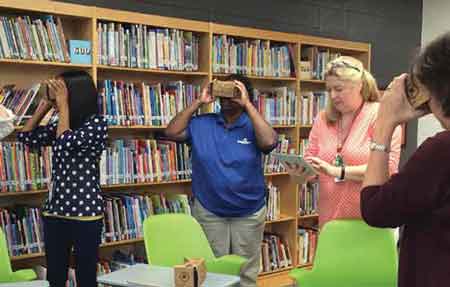
EDUCATING EACH OTHER
“Cultivating positive relationships based on a common purpose is key for technology and curriculum leaders working together,” Williamson says. When she meets with curriculum leaders to determine technology solutions, they focus on their purpose, which “is to provide an effective, challenging, and engaging education for every student.” Cultivating an environment of respect for “the skills, experiences, and knowledge that the other brings to the table” is also key. Collaboration, setting realistic expectations, and planning for continuity and ongoing financial and technology support as well as training are also important.
“We educate each other,” Williamson says. “Curriculum leaders discuss all digital materials with technology leaders before purchase and technology leaders discuss curriculum needs with curriculum leaders to determine upgrades, devices, etc.” Devices, she notes, “are selected based on digital materials selected during the curriculum adoption process.”
LEARNING FACILITATED THROUGH RELATIONSHIPS AND CONTENT
When the district saw the need for additional devices as tools for instruction, they researched and identified top instructional needs. These include:
■ Access to digital resources, including online textbooks and assessment tools
■ Transforming the entire campus to a learning space
■ Providing tools for collaboration
■ Increased instructional time through additional devices and faster access
■ Less focus on using cell phones as instructional tools
■ Management and filtering for a safer learning environment
In response to these needs, and in partnership with parents and a community foundation, Mountain Brook created a technology bundle last year for grades 9–12. The bundle consists of a leased Dell Chromebook, or “companion device” (so called because they complement devices students have at home, in libraries, etc.), support and repairs, filtering using iBoss, management with Hapara, secure wi-fi access, and software (GAFE and Microsoft 365) as well as digital textbooks and Canvas. The district hopes, over time, to extend this effort to other grades.
The Chromebook selection process illustrates Mountain Brook’s collaborative and curriculum-focused approach—a committee evaluated different devices by checking all the district’s instructional digital content on the various platforms. Faculty train students on the devices, and Williamson says there are plans to educate parents about the devices and their classroom usage.
After one year, 94 percent of students report that they use their devices to upload assignments, 83 percent used them to complete online assessments, and 93 percent used them to communicate and collaborate with students and teachers online. As Williamson says, “I would say that is success!”
TOOLS THEY USE
MOUNTAIN BROOK
► Canvas
► Cisco Wireless 802.11ac
► ClassLink
► Dell 11 touchscreen Chromebooks
► Google Apps for Education
► Hapara
► iBoss
► Microsoft 365
► Various digital curriculum resources (see mtnbrook.k12.al.us/Page/11323)
JUST DO IT
On April 21, 2014, Rowan-Salisbury (NC) School System (RSS) made the bold decision to go 1:1. “We were a low-performing district with a high poverty rate and we knew we couldn’t wait to make drastic changes,” says assistant superintendent of curriculum and instruction Julie Morrow.
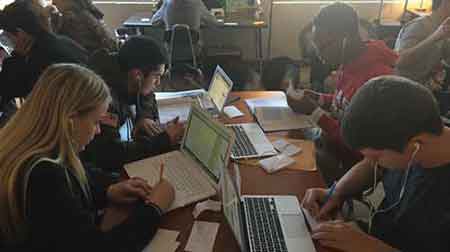
Five weeks later, on the last day of school, they distributed devices to teachers and rolled out a new literacy framework that was housed digitally. Morrow and Andrew Smith, director of digital innovation, describe this as an instructional paradigm shift that involves technology. “Some say that we’re crazy to move as fast as we did,” Morrow says, “but sometimes you have to plan and do at the same time.”
THE HOW
RSS adopted a zero-based budgeting model, invested in educating and raising awareness in the community, and created a strategic plan that Morrow describes as “a living, breathing document.”
Investing in PD was important for the success of such a rapid and drastic change in the instructional environment, and there are tech facilitators and literacy coaches in all of their 35 schools. The district also allocated significant funds to send 160 teachers to ISTE one year and 225 the next. At this year’s ISTE, RSS received the Digital Content and Curriculum Achievement Award for their digital citizenship curriculum.
Another key to success was creating Smith’s position to, as he says with a laugh, “sit awkwardly between the two departments.” Smith sits in the tech department but goes to every curriculum meeting, straddling the fence and facilitating clear communication. Both Smith and Morrow emphasize the importance of allocating personnel to ensure that all the pieces work together and the focus stays on why they’re doing what they’re doing.
ONE VOICE
Morrow describes their Monday team meetings as “sacred.” Their fruitful, organic conversations are critical for planning and growth and for maintaining a focus on creating learning experiences that are “CCRP” (collaborative, connected, relevant, and personalized). They know from experience that, once deployment gets underway, this “why” can get lost. “Even the choir needs rehearsal,” Smith says. The choir around the RSS table every Monday includes Morrow and Smith as well as the director of technology and the CFO. Other stakeholders are brought in as needed.
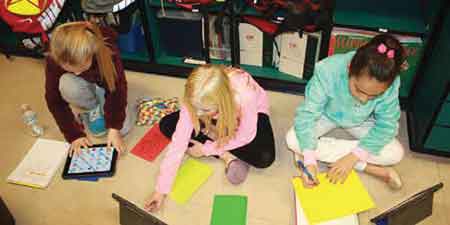
Morrow emphasizes that this team speaks with “one voice” advocating for the kids. She sees not two separate departments but a unified team. They share knowledge and opinions and listen to one another.
The technology enables these new paths to learning and creating. Discovery has been a key partner for RSS, and Smith also notes that one of the strengths of Apple products is that they can be used without the Internet. (RSS, like other districts, continues to work on creative connectivity solutions.)
Smith recalls the joy on the children’s faces when they received their iPads. One student smelled the cellophane wrapper, explaining, “It smells new. And I never smell new.”
Morrow says the constant transference between teachers and learners makes this the most exciting time in her 27 years in education. “This is not a project or initiative,” she says. “It’s who we are.”
TOOLS THEY USE
ROWAN-SALISBURY
► Achieve 3000
► Discovery Education Techbooks, Streaming Plus, Assessment
► iPads (K–8)
► MacBook Airs (9–12)
► MathSpace
► Schoology
TAKING DIVERSITY TO A NEW LEVEL
The advantages of a differentiated digital curriculum and unified LMS are obvious for a district with 103,000 students speaking 147 different languages in 137 schools. But when Gary Brantley assumed the position of CIO at DeKalb County School District (DCSD) in metro Atlanta five years ago, the district was on the verge of losing its accreditation and there was no clear vision for technology, no curriculum, and “everyone was complaining.”
The first order of business was to invest in building relationships and to develop a shared vision, values, and strategic plan. Teams of DCSD stakeholders dedicated countless hours to discussing how they would educate students. This question led to even deeper conversations about rigor and, eventually, to an ongoing initiative to completely rewrite their curriculum to meet even more challenging standards. This massive project, building on the recommendations of an outside assessment and involving over 1,500 educators, is called CIA2 (Curriculum Instruction Assessment). Now “students are driving instruction,” Brantley says, “and developing the questions.”
COMMUNICATING AND STREAMLINING
Once a week, key DCSD stakeholders from the technology and curriculum departments meet for half a day. Those around the table include all subject-area content coordinators, the CIO, the deputy of curriculum and instruction, and the director of PD, as well as media specialists and key personnel from IT, special ed, and project management. They focus on the learning aspect of the initiative—and then they look at the tools that will facilitate what they want to accomplish. The discussions are lengthy, and sometimes difficult, but Brantley emphasizes that it’s critical to be on the same page—and to keep the focus on learning.
DCSD has partnered with itslearning for over a year and renamed their platform VERGE (Venturing into Engagement, Rigor, Growth, and Excellence). For a district this large and diverse, having everything housed in one place—from submission and collaboration to formative assessments and PD—is imperative.
LOOKING FORWARD
The district also collaborated with higher ed institutions, including Georgia Tech and Emory University, as well as employers such as Google and Microsoft, when writing their tech plan. This research-based approach has enabled DCSD to initiate changes that will better equip students for what’s next. Students in K–12 are working too independently, Brantley says, to be well prepared for “walls down” work environments. Computer labs set up in rows, for example, make collaboration difficult, if not impossible. DCSD has reconfigured their classrooms as well. Brantley notes that furniture and design, down to how and where students sit, are important considerations in implementing digital curriculum.
“Personalized learning does not mean giving someone a laptop,” Brantley says. “It’s so much bigger than just a device.”
TOOLS THEY USE
DEKALB COUNTY
► BrainPOP
► Code.org
► GALILEO databases
► itslearning
► Khan Academy
► LaunchPad
► OER from CK–12 and PowerMyLearning
► Office 365
► Padcaster
► Tableau
CROWDSOURCED AND CURATED RESOURCES
Hall County (GA) School District (HCSD), northeast of Atlanta, is a district of 33 autonomous schools, says assistant superintendent for technology Aaron Turpin. The linchpin for their digital ecosystem is the portal they built themselves, called LaunchPoint. The app ensures interoperability and is customized for each school, and potentially grade level, but offers the same user experience for their highly mobile population of 28,000 students.
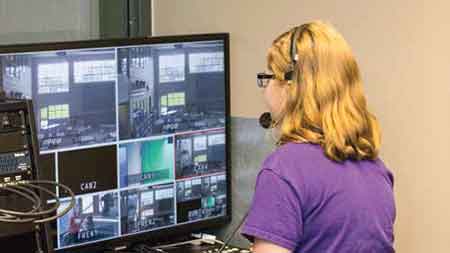
One of the initiatives Turpin is most excited about is the district’s multi-year project to crowdsource and curate resources for digital curriculum in a repository embedded with standards and best practices. In partnership with Safari, teachers in different content areas are working to curate the best OER and other content. Last year, for example, all HCSD math teachers in their professional learning communities gathered the best math resources, and this year science teachers are doing the same.
It’s important to be aware, Turpin says, of the three different audiences for these digital curriculum resources (students, parents, and teachers). Everything needs to be easy for all three audiences to access. It’s also important, he says, for schools to build big ideas for parents who want to know what to use to help their children at home.
“BILINGUAL” EDUCATORS
Hall County’s e-learning specialists are critical for the district’s successful transition to a digital ecosystem moving forward in a common direction. They’re all former classroom teachers, “educators who speak both languages,” Turpin says. They look at what constitutes quality instruction, but they also work with vendors to ensure that all resources are LTI compliant. These e-learning specialists spend a lot of time “behind the wall” to make sure that everything works together. “It would be impossible,” Turpin says, “for the tech and curriculum departments to do all this alone.”

Turpin urges districts considering implementing digital curriculum to establish a common vision and language. “The word ‘personalized,’ for instance, has been hijacked,” he says. He advises starting with either teacher-facing or student-facing resources. “It’s tough, it takes time, and you need buy-in,” he says. But it’s essential work because “our students are not competing against other US students for jobs, but against those from other countries.” We need to maintain our vision to prepare students well.
TOOLS THEY USE
HALL COUNTY
► Canvas
► Defined STEM
► Edgenuity
► Google Drive/Apps for Education
► Learning.com
► LearnZillion
► Lots of OER Content
► MasteryConnect
► Newsela
► PebbleGo!
► SAFARI Montage
Tech & Learning Newsletter
Tools and ideas to transform education. Sign up below.

